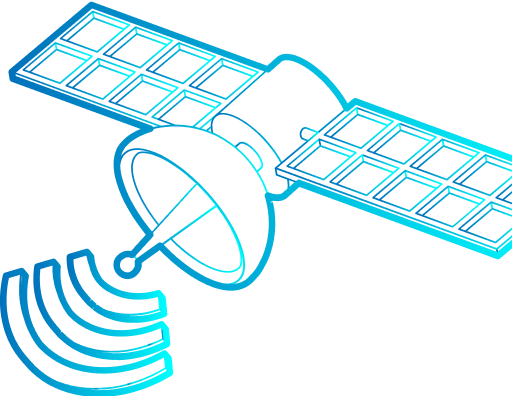The Map and Compass in the Modern Battlefield

Technology takes a more significant role in the modern battlefield. GPS especially changed the battlefield, beginning with GPS guided missiles, through C4I systems, and ending with precise leading of forces to objectives. In an era where even the infantry soldier’s assault rifle is equipped with sophisticated sights, land navigation with map and compass appears anachronistic.
After years of experience using GPS, the understanding that use of GPS does not provide the commander with a complete solution in the battlefield sharpens, and that it is not possible to abandon training commanders in the traditional land navigation with map and compass:
- GPS does not provide capability of Terrain Association, that is necessary for the commander in the battlefield.
- GPS can aid in precise leading of a force along a predetermined route but cannot aid in preparing route that takes into consideration terrain features and operational conditions. This requires the ability to read a map and analyze terrain.
- GPS based systems area suspectable to jamming and spoofing, and like every technological system they have limitations and are subject to breakdown.
In addition to the classic skills required of a commander, armies in the modern era are also required to train their commanders in use of new technologies, with strict time constraints. The Topo-Go System significantly shorten the time learning land navigation in the traditional map and compass method, without compromising on quality, and thus frees time resources and saves money. The Topo-Go System is built modularly and allow to focus only on the elements required in the course.
A selection of quotes on the subject:
Going old school: celestial navigation’s return: … three years ago, the US Naval Academy resumed teaching celestial navigation, after an absence of more than a decade… old school solutions such as sextants, maps and compasses offer something that GPS never can; a quick and un-hackable check that you really are where you think you are
Dr Gareth Evans
Although the evolvement of the GPS has unquestionably provided our Infantrymen a tremendous advantage on the modern battlefield… using a map and compass … comes a better understanding of the terrain in which a Soldier is navigating… the ability to understand how the terrain could mask a squad’s movement as they maneuver towards an objective… doesn’t naturally occur when using a GPS, and the possession of this capability is what could potentially determine success
MAJ John P. Vickery
The Soldier who has repeatedly practiced the skills of identifying and discriminating among the many types of terrain and other features knows how these features are mapped… This Soldier is the one who will be at the right place to help defeat the enemy on the battlefield
MAP READING AND LAND NAVIGATION, HEADQUARTERS DEPARTMENT OF THE ARMY
Novice navigators select straight-line routes and use azimuth and pace count to dead reckon their way from point to point… Experts rely almost totaly on terrain association. They use natural features as check points and boundaries, and structure their routes to avoid known or suspected enemy locations
REPRESENTING TACTICAL LAND NAVIGATION EXPERTISE
As such, it is very difficult to build a computerized training system, unlike other training systems that have to simply take required technical proficiency and tailor training scenarios for it.
We, in Topo-GO, solved both of the challenges. We developed a computerized training system for land navigation training, proven through rigorous trials in the IDF that the system brings the users to a higher level of land navigation capability in less time. We convinced the last skeptics in the IDF that the computerized system for land navigation training has a large added value in relation to acquiring experience in the field.